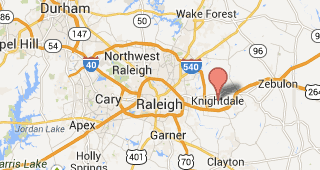What is an Adequate Protection Payment?
Adequate protection payments are an aspect of chapter 13 disbursements that don't often matter when it comes to the big-picture decisions about chapter 13 bankruptcy relief. At the same time, it's a term that might be freely bantered around in a 341 meeting of creditors, in case documents, or at hearings, and doesn't have much apparently meaning to most bankruptcy filers.
Basically, adequate protection payments are disbursements made by the chapter 13 trustee from funds the debtor as paid to the trustee, which are directed towards holders of certain secured claims on personal property (e.g. a car loan, but not a credit card or a mortgage). These disbursements are made as soon as funds are available and continue until the regular disbursement to that secured creditor begins at some point after the chapter 13 plan is confirmed. The theory behind these payments is to protect the lender from depreciation while the case is pending. The typical adequate protection payment is small. In the Eastern District of North Carolina (which includes Raleigh), local rule would provide for a monthly payment in the amount of 1% of the value of the collateral, and no interim payment at all if collateral is worth less than $2,000.
The statutory basis for these adequate protection payments is 11 USC 1326, which requires them for holders of allowed claims where the loaned funds were used to purchase the collateral. This would typically exclude refinances and title loans. It also provides some incentive for the auto loan creditor to quickly file a claim in order to get modest disbursements flowing.
These payments are related to the general bankruptcy concept of adequate protection. The general concept is that secured creditors are entitled some degree of assurance that the bankruptcy process does not diminish the extent their loan or claim is secured by collateral. Adequate protection payments are crude compensation for depreciation.


